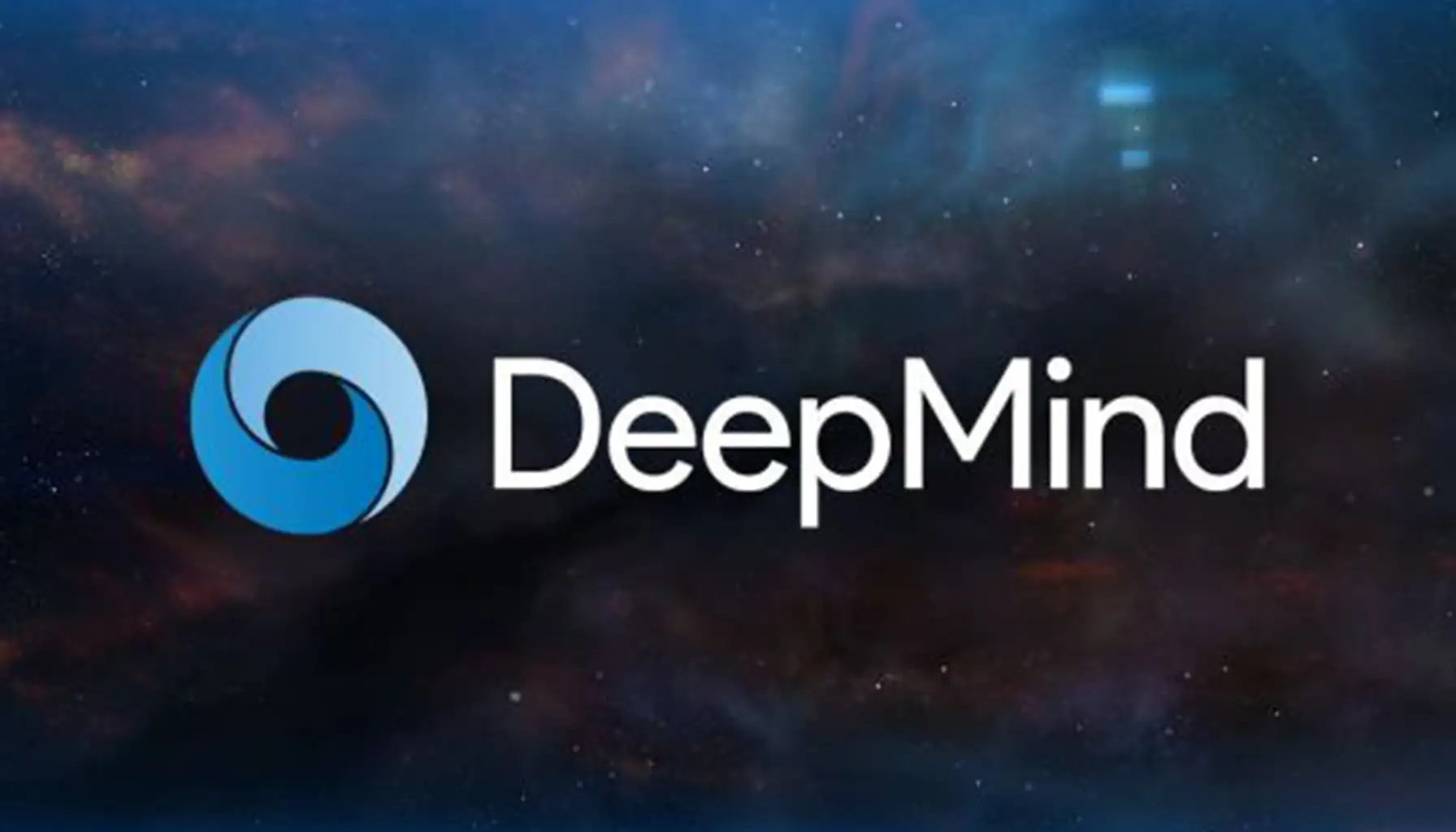DreamerV3: DeepMind's AI Masters Complex Worlds Through 'Daydreaming'

Introduction: AI That Learns Like We Do
Imagine an AI that learns by 'daydreaming' about the future, refining its actions through imagined experiences. That's essentially what DreamerV3, a new algorithm from DeepMind, achieves. This breakthrough in reinforcement learning (RL) allows AI agents to tackle intricate and dynamic environments with unprecedented efficiency. Published on arXiv [1], DreamerV3's prowess ranges from conquering video games to controlling robots in intricate simulations, promising a future of more adaptable and capable AI.
Understanding Reinforcement Learning
Reinforcement learning takes inspiration from how humans learn: through trial and error. An AI agent interacts with its environment, taking actions and receiving feedback – rewards for good choices, penalties for bad ones. This iterative process allows the agent to optimize its behavior, much like a child learning to ride a bike. RL has already achieved remarkable feats, enabling AI to master games like Go [2], control robots with human-like dexterity [3], and even design entirely new proteins [4].
DreamerV3: A Leap Forward in Efficiency and Adaptability
DreamerV3 belongs to a class of RL called 'model-based,' where the AI builds an internal model of its world. This lets it 'imagine' the consequences of its actions without needing constant real-world interaction, making learning faster and more efficient. What sets DreamerV3 apart is its unique architecture: a blend of recurrent neural networks (RNNs) for processing sequences of events and convolutional neural networks (CNNs) for understanding visual information. This allows it to: * **Predict the future:** DreamerV3 anticipates how its actions will impact the environment, leading to more informed decisions. * **Handle change:** The AI adapts its behavior as the environment shifts, crucial for real-world scenarios. * **Learn from limited data:** DreamerV3 excels even with sparse training data, vital for applications where data collection is expensive or time-consuming.
Putting DreamerV3 to the Test: Games, Robots, and More
DeepMind rigorously tested DreamerV3 across diverse challenges. In classic Atari games, it surpassed previous champions. In 'Crafter,' a Minecraft-like world requiring resource gathering and tool creation, DreamerV3 set a new performance record. It also excelled in DMLab, a suite of 3D navigation and puzzle-solving tasks. These results demonstrate DreamerV3's ability to generalize across domains, learning effectively in both 2D and complex 3D environments.
The Wide-Reaching Impact of DreamerV3
DreamerV3's potential extends far beyond games and simulations. Its efficient learning and adaptability have implications for: * **Robotics:** Building robots that can navigate messy, real-world environments and perform complex tasks with minimal human intervention. * **Gaming:** Creating more believable and responsive non-player characters (NPCs) that enhance player immersion. * **Autonomous Vehicles:** Improving self-driving cars by enabling them to better predict and react to complex traffic scenarios. * **Personalized Education:** Developing AI tutors that adapt their teaching style to each student's needs. * **Scientific Discovery:** Accelerating research by analyzing large datasets and identifying patterns more efficiently.
The Future of AI: Learning and Adapting in a Complex World
DreamerV3 is a testament to the power of model-based RL and the potential of AI to learn and adapt in complex environments. As this field progresses, we can anticipate even more remarkable achievements. DreamerV3 and its successors might lead to AI systems that truly comprehend and interact with the world, bringing breakthroughs in healthcare, robotics, education, and countless other domains.
Keywords
**Primary Keywords:** AI, DeepMind, Reinforcement Learning, DreamerV3, Machine Learning **Secondary Keywords:** Model-Based RL, Recurrent Neural Networks, Convolutional Neural Networks, AI Agents, Robotics, Autonomous Vehicles, Video Games, Personalized Learning, Scientific Discovery
Sources
1. Hafner, D., Pasukonis, J., Ba, J., & Lillicrap, T. (2023). Mastering Diverse Domains through World Models. arXiv preprint arXiv:2301.04104. [Link to arXiv article](https://arxiv.org/abs/2301.04104) 2. Silver, D., Huang, A., Maddison, C. J., Guez, A., Sifre, L., Van Den Driessche, G., ... & Hassabis, D. (2016). Mastering the game of Go with deep neural networks and tree search. nature, 529(7587), 484-489. 3. OpenAI. (2018). Learning Dexterous In-Hand Manipulation. [Link to OpenAI blog post](https://openai.com/blog/learning-dexterous-in-hand-manipulation/) 4. Jumper, J., Evans, R., Pritzel, A., Green, T., Figurnov, M., Ronneberger, O., ... & Hassabis, D. (2021). Highly accurate protein structure prediction with AlphaFold. Nature, 596(7873), 583-589.



